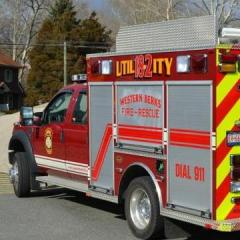Sign in to follow this
Followers
0

FDNY Dispatch on UHF ~ Simulcast from VHF 5/1/09
Started by
TR54,
-
Recently Browsing 0 members
No registered users viewing this page.

Started by
TR54,
No registered users viewing this page.